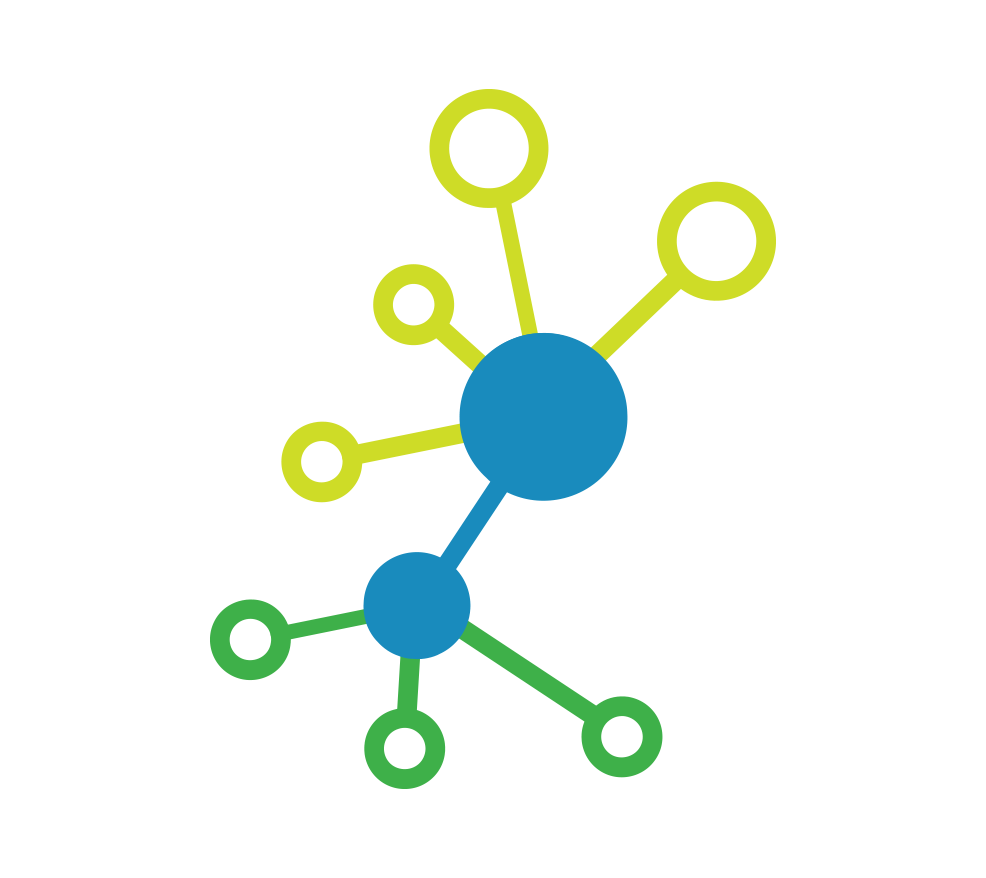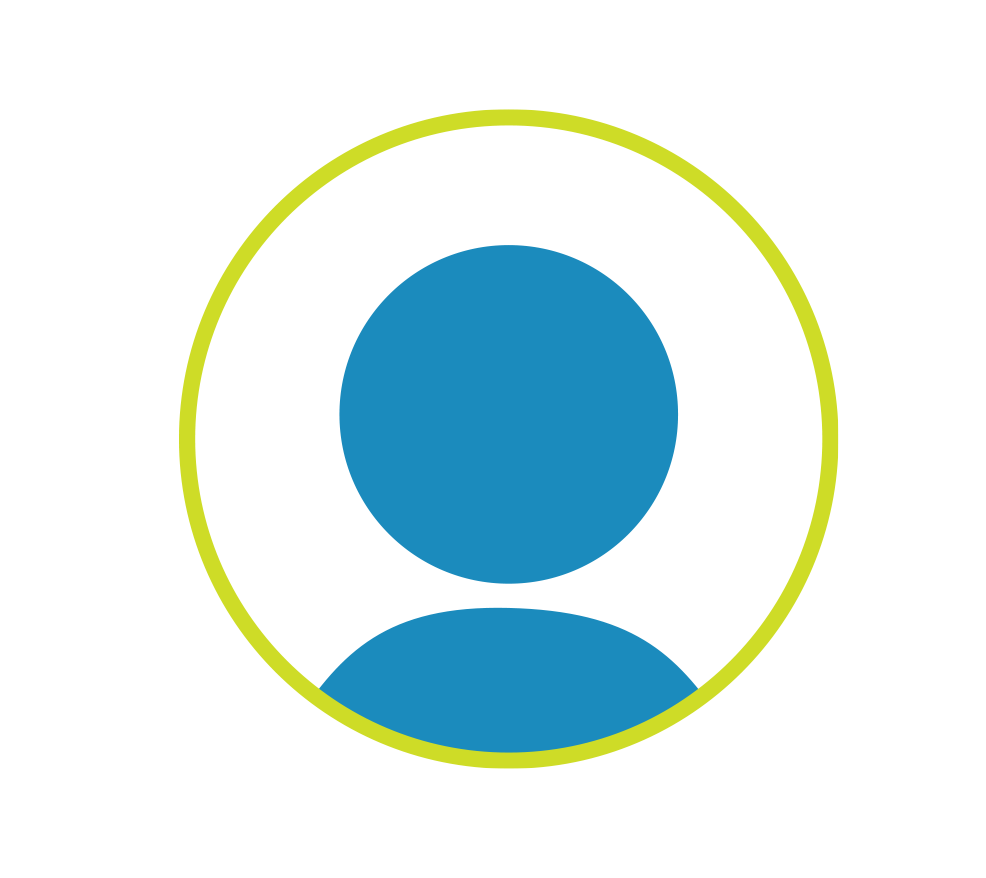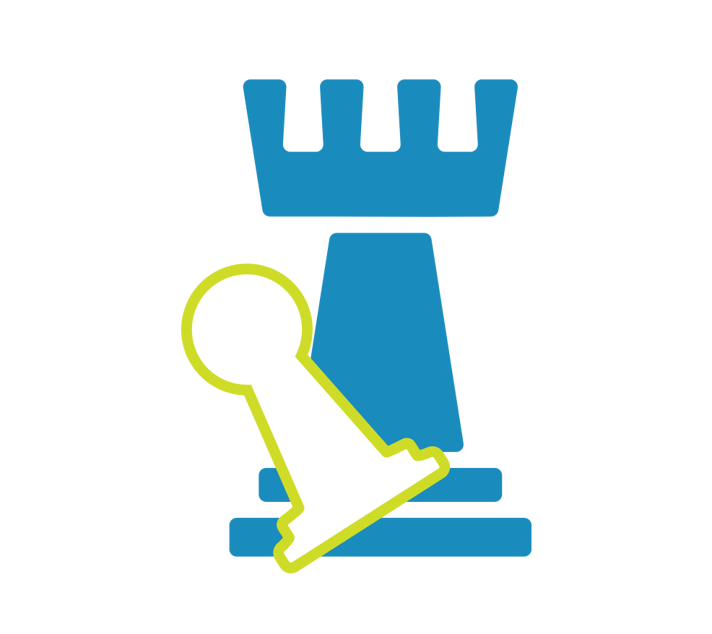
- BUYER PERSONAS
- THE BUYER'S JOURNEY
- 4 ACTIONS OF INBOUND
- INBOUND CAMPAIGN STRATEGY
- CHOOSING AN INBOUND MARKETING AGENCY
INBOUND MARKETING
Still making cold calls? Buying emails lists? Scrounging around for leads?
We’ll be blunt: Most traditional methods of outbound marketing suck. What consumer sits at home waiting for a salesperson to call and try to shove a product down their ear-holes? Do you think anyone actually gives their blessing to have their email address sold to the highest bidders so they can watch their inbox
If you are doing those things, AND you are still in business, you're one of the lucky ones. But wouldn't you rather be thriving than just surviving?
At Tribute Media, we believe wholeheartedly in the inbound approach to marketing. Why? Because it’s more effective in these digital-dominated times.
Inbound marketing builds your reputation and gives your business a solid foundation on which it can grow and prosper. Your customers and prospects prefer this approach, which leads to greater success for your company.
How does inbound marketing do these things? By enticing the right customers to come to you.
 SHARING IS CARING
SHARING IS CARING
Outbound marketing involves a sort of carpet-bombing approach to informing customers about your business. It could mean sponsoring events, paying for radio and TV ads, making billboards and more.
Inbound marketing, on the other hand, focuses on drawing in your dream customers. You do this by creating and sharing content that speaks directly to these people—their problems, their needs, their aspirations.
With substantive, personalized content, you can attract more qualified prospects. Better still, not only will they come back for more, these people will help promote your business and get you even more leads.
Shifting to an inbound approach to marketing takes a substantial shift in thinking from traditional, outbound marketing strategy. This resource page is designed to answer your questions about inbound marketing and help you shift your thinking so that you can utilize the methodology.
Buyer Personas
 Inbound marketing should center around your audience, what they need, and where they spend time online. To better understand and speak to your audience, you must create buyer personas and make them the foundation of your marketing strategy. They will play a role in absolutely everything you do in marketing as well as drive your future success as a business.
Inbound marketing should center around your audience, what they need, and where they spend time online. To better understand and speak to your audience, you must create buyer personas and make them the foundation of your marketing strategy. They will play a role in absolutely everything you do in marketing as well as drive your future success as a business.
A buyer persona is a semi-fictional representation of your ideal client. You might have a half-dozen of these personas. You might only have one or two. While a buyer persona is NOT a real person, you may want to start with your favorite clients, figure out what they have in common, and then create a fictional representation that generalizes them. This is done through research, interviewing current customers and coworkers, and doing some internet stalking. This is all to discover trends and common habits of your customers. They include such information as:
- Position in company
- Goals
- Challenges
- Standard objections to products and services
Once you create your Buyer Persona, you will find yourself thinking things like:
- Would my persona respond positively to this campaign?
- Would my persona click on this Facebook article?
- How would my persona feel about this product?
Creating buyer personas helps you to define your audience and allows you to communicate with them in a way that is meaningful and helpful to them.
Buyer Persona Resources:
THE BUYER'S JOURNEY
Once you figure out your buyer personas, you craft content that will take the people who fit these profiles through the process we all go through before making a purchase: the buyer's journey.
AWARENESS STAGE
The buyer first starts to realize they have an issue but have not quite defined it yet.
CONSIDERATION STAGE
The buyer clearly defines the issue and is ready to research possible solutions.
DECISION STAGE
The buyer decides on a solution and is ready to buy.
In order for your potential customers to find value in your content, it needs to align with the stage they've reached. When you know your buyer personas AND understand the buyer's journey, you can be sure to offer the right people the right content at the right time where they spend time online.
Buyer's Journey Resources:
THE FOUR ACTIONS OF INBOUND
To successfully guide your personas through the buyer's journey, you'll want to understand these four key steps or actions on inbound marketing:
Attract
In the first step, you pique the customer’s interest with an offer that they can benefit from. You do this through:
- Website Content: Create landing pages on your website of offers your buyer personas will be interested in downloading.
- Blogging: Create blog posts on the same topic as your offer or use your blog to explore elements of your content offer in more depth.
- SEO: You'll want an SEO (search engine optimization)
specialist to help optimize your content and landing pages so it will rank well in search engines and draw your buyer personas to your website. - Social Media: Tease your audience by pulling tips, images, or snippets from your content and sharing those on social with a link to your landing page.
This content needs to be where your buyer personas are, and it must speak to their needs. When it does, it will draw them to your website.
 Convert
Convert
Once you’ve attracted visitors to an offer on your site, you convert them into leads. You can't just ask for their email address, though. Instead, you offer them valuable content that will help them solve a problem. These could be:
- An eBook
- A Whitepaper
- A Tip Sheet
These visitors fill out a form to download the content, but it's not as though their email address is just the currency that buys this content. As you are establishing yourself as a valuable resource to them, they'll be happy to receive more helpful information from you.
Typical tools for converting site visitors into leads include:
- Calls-to-Action
- Landing Pages
- Forms
Close
So you’ve attracted the right people and converted them into leads. Next, you need to turn those leads into customers.
At this point, different marketing tools can come into play to ensure that you close the right leads. These include:
- Customer Relationship Management (CRM) Systems
- Emails with offers for additional relevant content
- Closed-loop reporting that shows how your sales team handles your leads
Delight
Great! You’ve closed the deal and made the sale. That’s the end of the process, right?
Nope. It’s just the beginning.
With inbound marketing, the connection between you and your customers doesn’t stop after a sale. Instead, you cultivate those relationships and give the people value above and beyond what they expected.
The ways you delight your customers can vary. You could invite them to take a survey and use their feedback to fine-tune your offerings. You could address their problems and questions via social media.
However you do it, the focus is on turning your clients into active promoters of your business. It’s about generating the most powerful form of marketing—word of mouth.
Additional Resources:
INBOUND CAMPAIGN STRATEGY
The goal of any inbound marketing campaign is to convert your audience, your contacts, your leads, your prospects, into paying customers and raving fans of your business. And when you create an offer or an event, you are engaging that audience and showing them you've got what it takes to earn their business. You are building a relationship and earning trust and proving that your company can best serve their needs or that your product will solve their problems. So where do you start?
You've pored over buyer personas and invested in understanding your audience. You've concocted a compelling offer, a valuable piece of content, or a meaningful event that will speak to your leads in one of the phases of the buyer's journey. Now it's time to put it all to work.
Call To Action (CTA)
 For many people who will go on to engage with your offer, this is the beginning of the path. Your CTA points to your landing page. It is one of the flashiest arrows in your campaign. It can be a button or a graphic, and you can place it on social media, in your blog posts and web pages, anywhere your audience is spending time and signaling that they may want more of what you have to offer.
For many people who will go on to engage with your offer, this is the beginning of the path. Your CTA points to your landing page. It is one of the flashiest arrows in your campaign. It can be a button or a graphic, and you can place it on social media, in your blog posts and web pages, anywhere your audience is spending time and signaling that they may want more of what you have to offer.
Though it may be one of the first pieces of collateral your audience sees, we recommend creating it last in your processes, as the CTA largely depends on the content of your landing page and thank you page.
Campaign consistency starts here. You want the same look and feel for your CTA and throughout your landing page and thank you page. If a user clicks on your CTA and ends up on a page that looks nothing like the CTA they clicked on, they’re likely to leave the page without doing anything because they’ll think they ended up in the wrong place.
Landing Pages
The whole purpose of a landing page is to "sell" your offer. Even if the offer is actually free, your goal is to collect contact information of the people interested in your business, and that information is currency. This type of offer is known as “gated content.” A user fills out a form to get your content delivered to their inbox. If your offer is an event, the form serves as kind of an RSVP and you can send your guest list updates leading to the event.
The form is the most critical component in landing pages, so make sure you take the time to do it right!
Thank You Pages
The primary purpose is to make good on your promises from the landing page. In other words: hand over the goods! The secondary purpose is to direct the visitor to anything else they may find valuable.Instead of Interrupting, Work on Attracting.
Dharmesh Shah CTO of HubSpot
What Else?
Beyond your CTAs, landing pages and thank you pages, there are dozens of other campaign assets to consider. Remember how we said that the CTA is one of the first pieces of your campaign the visitor interacts with? Well, that is a little misleading. It is the first in the controlled path from the CTA to landing page to thank you page. But where does the CTA live? In order for someone to see your CTA, they have to have found you in some other way. That can include:
- Blog Posts
- Website Pages
- Social Media Posts
- Marketing Emails
- Flyers at Events
- Digital Ads
Then you need to ask yourself some follow-up questions:
- Are your CTAs and landing pages converting visitors into leads?
- Are your thank you pages followed up with steps to nurture those leads to become customers?
- Is what you are offering what people are actually looking for, and does it align with your goals?
The key in all of this is to constantly improve your offerings and ensure that they still align with your buyer personas needs and wants. Nothing is ever static in web marketing, so you have to learn to adapt constantly!
Inbound Campaign Planning Resources:
HOW TO CHOOSE AN INBOUND MARKETING AGENCY
Inbound marketing agencies bring a lot to the table, such as fresh perspectives, broader skill sets, and creative approaches to strategies. It’s no wonder why companies partner with agencies to work alongside their in-house team. In other instances, small businesses utilize agencies to get more bang for their buck.
Picking The Right Team
Whatever your situation might be, you may find yourself wondering how to choose the right inbound marketing agency. Here are some tips to guide you toward your next partnership with an inbound marketing agency.
Consider Your Marketing Goals
Before you start looking for agencies, you need to know the current marketing needs of your company. What are your goals? What levels of expertise does your team bring to the business? Having a clear idea of what your marketing goals are can help you find the right partner to reach them.
Determine The Agency's Expertise
When selecting an inbound marketing agency, you are not just choosing a strategy but the team you want to execute it—so your strategy is only as strong as the skillset of the team you choose. An inbound marketing agency should have a team of marketing professionals who are passionate about their specialties and work together to reach inbound goals.
At Tribute Media, we have a specialist for every service we offer. Every team member is dedicated to learning all they can about their area of expertise, and it shows in the results we provide for our clients. One of our company values is “Always Be Learning,” and we mean it! Every specialist has obtained relevant certifications and maintains them yearly. They are also encouraged to attend webinars and trainings in order to grow individually and as a company.
Tribute Media has the following inbound specialists on our team:
This will vary from one agency to another because there are so many tools out there. Any inbound agency should be able to provide you with some software systems they use to help clients reach their goals.
At Tribute Media, we use a variety of tools and software systems to assist with our client success:
- HubSpot: We are a HubSpot Partner, we have a HubSpot trainer, we all have HubSpot certifications, and we actively use HubSpot as our CRM. You could say we LOVE HubSpot.
- Google Products: We are a Google Partner and we are familiar with all of their products, including Google Analytics, Google Search Console, Google My Business, Google Ads, and Google Tag Manager.
- CallRail: We want your paid ads to be successful too! We invest in the use of CallRail to listen to recorded conversions to adjust ads and understand which conversions were good conversions.
- SEMrush: This is the best SEO software. It has become an invaluable and essential tool for all SEO research, content research, and position tracking for SEO, paid ads, and social media. You can rest knowing your team is using the best tool in the business.
Understand Their Approach
Inbound marketing is a way of attracting customers to you vs interrupting them with advertisements. How does the inbound marketing agency you’re evaluating achieve this?
Loosely worded summary of the proven process bullet points
Review Their Past Work
A great inbound marketing agency will have a diverse set of clients. This shows they have a broad understanding of several areas. Why is this important? Well, if an agency only focuses on one area of interest or industry, it could mean they are stuck in the same ole routine of things. You want an agency that is creative and can think outside of the box. Take a look at their past work to get an idea of how they work and if that is the right direction for you. On top of checking their past work, look at their reviews. Are their clients satisfied with the results? Take a look at their Google reviews to get real client feedback. At Tribute Media, we have a diverse set of clients. We have worked with industries like healthcare, e-commerce, industrial, automotive, legal, non-profit, and more! Take a look at our case studies to see how our marketing efforts have provided success! Don’t just take our word for it; let our happy clients do the talking.



